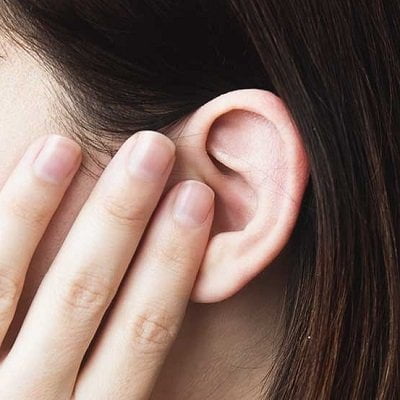
Earlobe injuries can result from accidents, deliberate straining, heavy earrings, and other sources. Moreover, repairing a torn, strained, or split earlobe will help it look and function like it once did. Hence, this thorough guide will walk you through several techniques of How to Repair an Earlobe in Islamabad, Pakistan.
Recognizing Earlobe Damage:
Earlobe damage typically falls into one of three categories:
- Trauma or heavy earrings cause torn Earlobes. Therefore, it may cause the earlobe to shred partially or totally.
- Usually, when using big gauge earrings or plugs, stretched Earlobes cause the earlobe to lose its natural form.
- An extreme type of ripping, split Earlobes split the earlobe in half.
Why Should One Repair an Earlobe?
An earlobe should be repaired not only for cosmetic but also for functional reasons. Moreover, a damaged earlobe could lower self-esteem and make it difficult to wear earrings. Furthermore, avoiding earlobe repair has further consequences, such as infections or more tears.
Evaluation of Treatment:
Usually, the plastic surgeon will undertake a physical check and ask about your health background. However, one might discuss health issues that might hinder the healing of wounds or halt bleeding.
Like any other operation, surgeons will first ask the patient what they would like to achieve and then glance at the hole to observe its size, type of form, and how the surrounding tissue has developed. In addition, certain earlobes just need to be closed, while others require a more intricate approach to transform the tissue. Fortunately, both earlobes can usually be operated on simultaneously.
How to Repair an Earlobe in Islamabad, Pakistan
Do you want to know how to Repair an Earlobe in Islamabad, Pakistan? Hence, specialists mostly use different techniques for earlobe repair, including surgical and non-surgical solutions.
Surgical Repair:
- The surgeon evaluates the degree of injury during the first session and discusses your objectives and aims.
- Local anesthetic is given to numb the area, guaranteeing painless treatment.
- The surgeon removes scar tissue or damaged skin by making exact incisions around the afflicted area.
- To minimize scarring, the earlobe’s margins are meticulously sewn together with tiny stitches.
- The incision is closed, and the region is covered with a bandage.
Non-Surgical Methods:
- Minor earlobe rips or straining could call for non-surgical solutions, including:
- The specialists will use dermal fillers to plump the tiny tears. Moreover, it will lessen the appearance of cuts in the earlobe.
- Using laser treatments helps increase the earlobe skin’s flexibility and boost collagen generation.
Instruction on Aftercare:
Maintaining a good recovery and best outcomes depends on appropriate aftercare. Here are some pointers on essential aftercare:
- Keep the earlobe clean, as your surgeon advises, with a mild antiseptic solution to avoid infection.
- Steer clear of trauma or pressure on the rebuilt earlobe, particularly in the first healing phase.
- Attend all follow-up visits to track the healing process and, when needed, have the sutures taken out.
- Steer clear of earrings until your surgeon gives his okay. When you resume wearing earrings, start with lightweight studs.
- Apply any recommended ointments to help recover and minimize scarring.
- Watch for symptoms of infection, such as redness, swelling, or discharge; if you see any, call your surgeon immediately.
Recovery Timeline:
The degree of repair and personal healing rates determine the different recovery paths. Usually, you can expect:
- First Week: Prescribed painkillers can help control initial swelling and discomfort.
- Most swelling and redness disappear in two to three weeks, so the surgeon will remove the sutures.
- Four to Six Weeks: The earlobe should have healed enough to allow regular earring wear and the resumption of everyday activities.
Potential Risks and Complications:
Like any surgical operation, earlobe repair runs possible hazards, including:
- Scarring from infection as asymmetry
- Anesthesia-related allergic responses
- Selecting a trained and experienced surgeon will help to lower these risks considerably.
Conclusion:
Fixing a broken earlobe will help you regain confidence and enable you to wear earrings comfortably by restoring beauty and function. However, whether you choose surgery or non-surgical approaches, a good result depends on knowing the operation and following correct aftercare guidelines.
See an expert surgeon at SKN Cosmetics Islamabad to discuss your choices for earlobe recovery. Book your appointment now and get an attractive earlobe if you have any issues.

